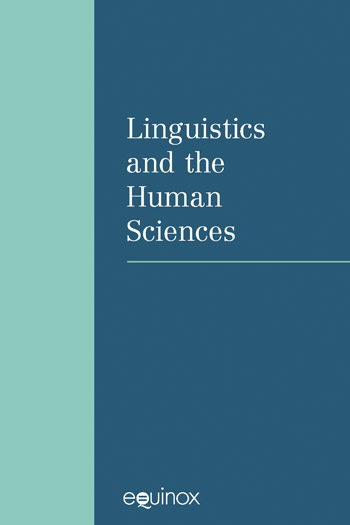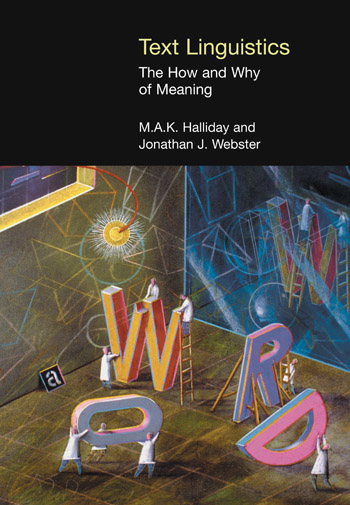Rhetorical Structure Theory and Its Applications
Past, Present and Future
Bo Wang [+–]
Faculty of Arts and Humanities, University of Macau
Yuanyi Ma [+–]
This book offers an introduction to Rhetorical Structure Theory (RST) and its applications in different areas. Originally developed by William C. Mann, Sandra A. Thompson and Christian M.I.M. Matthiessen in the early 1980s in the context of computational text generation, RST has served as a tool of exploring the resources of text organisation in the semantic system of English. Through the work of Matthiessen RST has been further revised and incorporated in systemic functional linguistics (SFL) as a semantic system of Rhetorical Relations.
Rhetorical Structure Theory and Its Applications provides a brief account of both the classical RST developed by Mann, Thompson and Matthiessen (e.g. 1992) and Matthiessen’s (forthcoming) revised version of RST. The authors locate RST in the overall architecture of SFL, apply RST to analyse texts from different registers, and report on the contributions of RST in its applications of different areas, such as translation studies, computational modelling, and multimodal studies. Finally, they report on the criticism of RST and suggest some possibilities of future research.
Table of Contents
Chapter 1
Chapter 2
Chapter 3
Chapter 4
Chapter 5
Chapter 6








